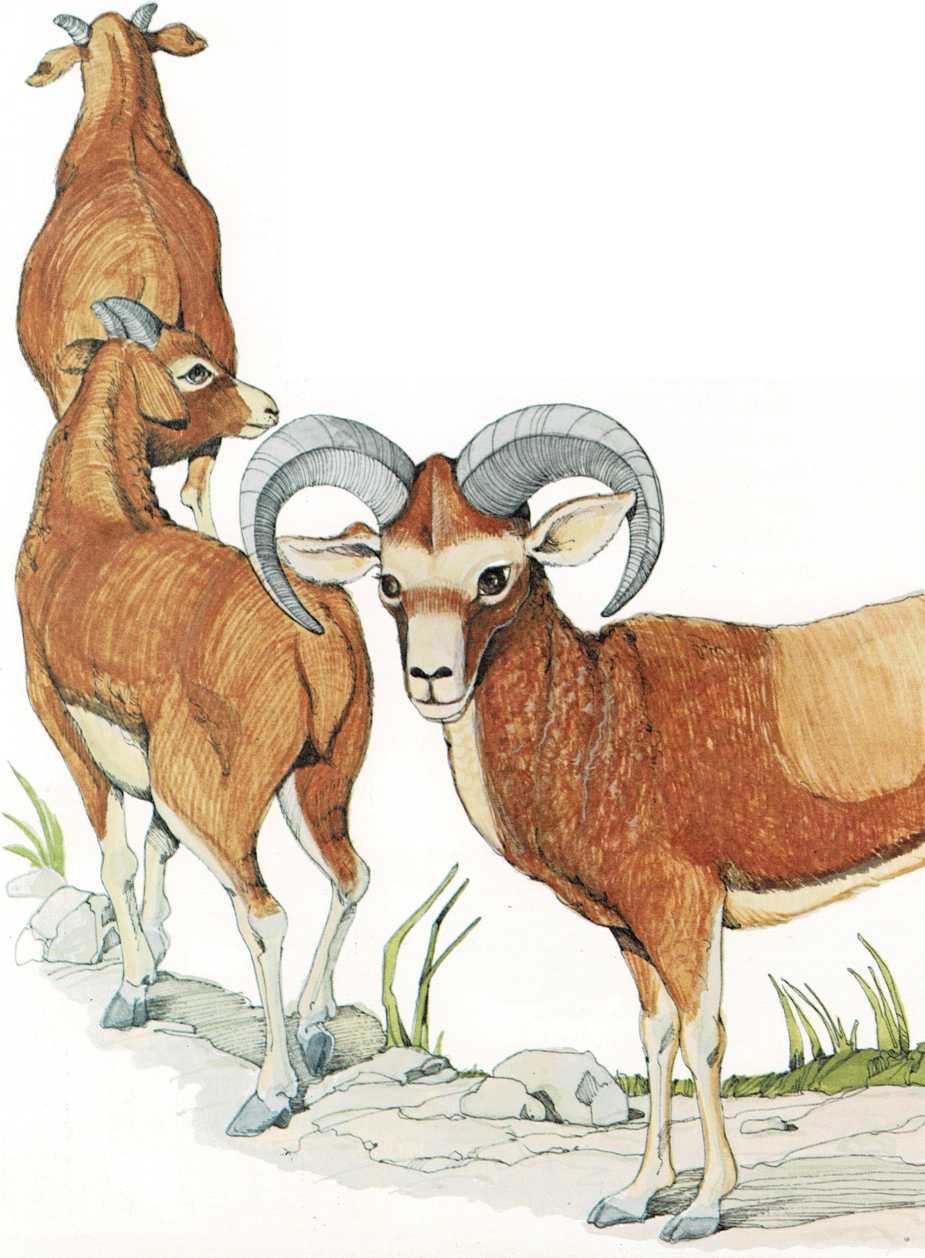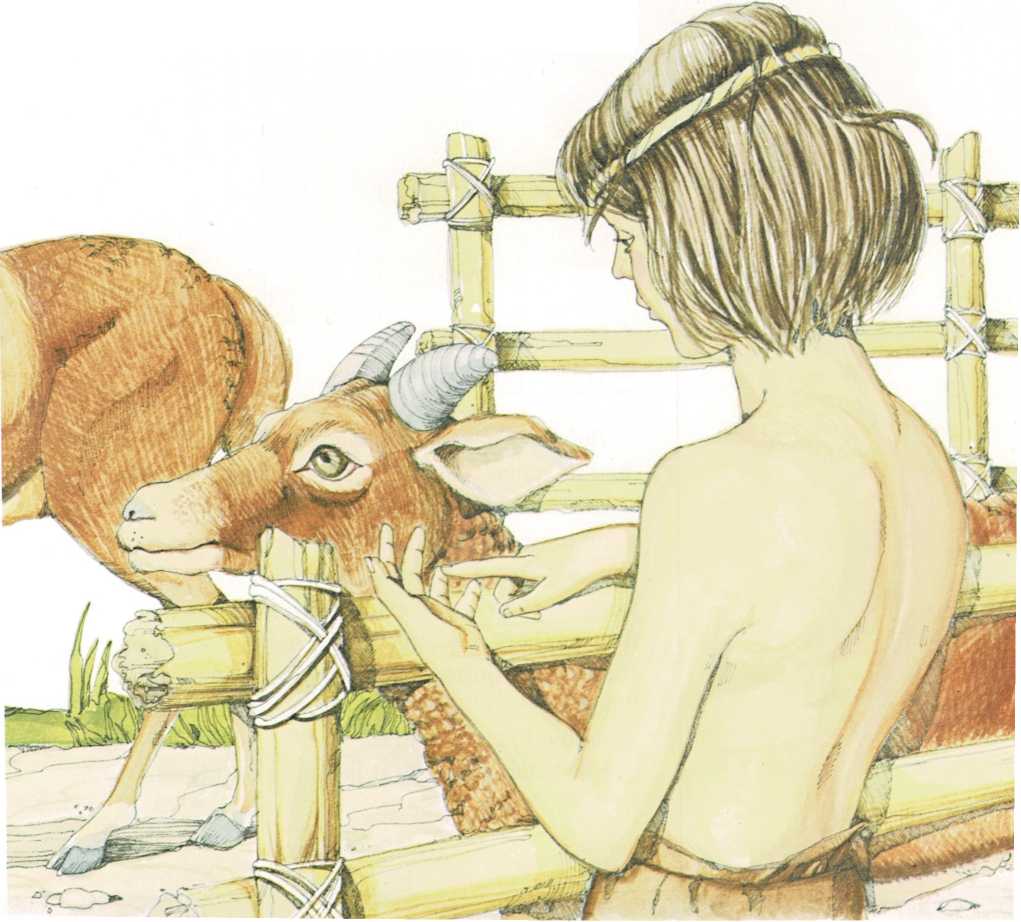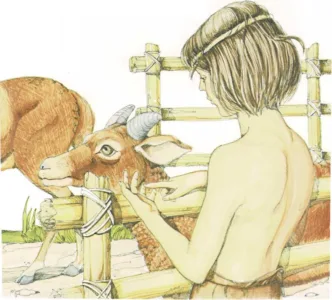Fingers for numbers
It was early morning as Amu, the shepherd boy, trudged toward the sheep
pen, whistling merrily. His feet were bare. His only clothing was a
short skirt made of animal skin. In one hand he carried his lunch, a
lump of cheese wrapped in leaves.
When Amu reached the pen, he opened the gate just wide enough for one
sheep at a time to come through. As each sheep trotted past him, Amu
touched one of his fingers. By the time the last sheep was out, Amu had
touched all his fingers but one.


This was how he kept track of his sheep. When he brought them back to
the pen, late in the afternoon, he would count them again, on his
fingers, to make sure none had been lost.
Amu did not think of his herd as “nine” sheep. He thought of the herd as
all his fingers but one. He had no word for “nine,” or for any number.
He didn’t know what a “number” was.
When people first began to keep track of such things as animals in a
herd, they simply let their fingers stand for the animals—one finger
for each animal. Fingers were the first symbols to stand for numbers.
And that’s how the idea of numbers, and then of counting, began!

